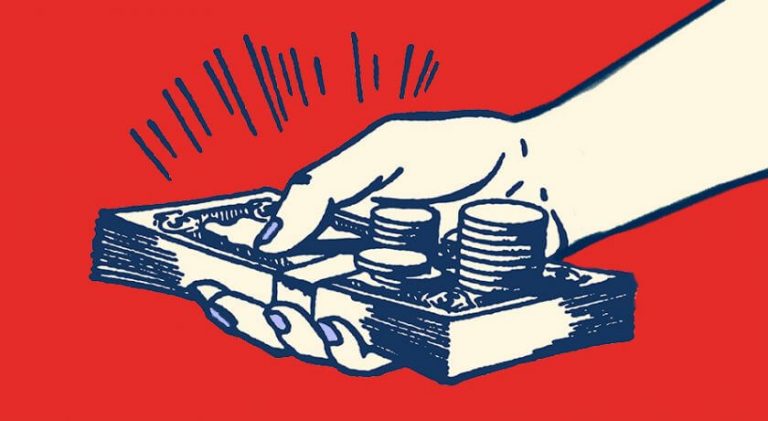Loss carry back provides a refundable tax offset that eligible corporate entities can claim:
- after the end of their 2020–21 and 2021–22 income years
- in their 2020–21 and 2021–22 company tax returns.
Eligible entities get the offset by choosing to carry back losses to earlier years in which there were income tax liabilities. The offset effectively represents the tax the eligible entity would save if it was able to deduct the loss in the earlier year using the loss year tax rate. The eligible entity does not need to amend the earlier income years to claim the offset.
If an entity does not choose to carry back a loss, the loss may be carried forward to use in a later income year.
Loss carry back is intended to interact with temporary full expensing, encouraging new investment which may result in tax losses. The choice to carry back tax losses may result in a tax refund which will increase business cash flow.
We will continue to update this page to provide you with further information on the loss carry back rules and how to claim the tax offset.
Eligibility
You must meet the eligibility requirements to choose to carry back the loss and claim the tax offset.
You can claim the tax offset if you:
- are an eligible entity
- made tax losses in the 2019–20, 2020–21 or 2021–22 income years
- were liable to pay income tax in the 2018–19, 2019–20 or 2020–21 income years
- have a surplus in your franking account at the end of the income year that you are claiming the tax offset
- have met your income tax return lodgment obligations.
Eligible entities
You are an eligible corporate entity if you:
- are a company, corporate limited partnership or a public trading trust throughout
- the income year that you are claiming the tax offset
- the income year you choose to carry the loss back to (ignoring any part of the year before you existed)
- any income years in between.
- have an aggregated turnover of less than $5 billion for the income year in which you made the loss (or the income year before that year)
- carry on a business.
Tax losses
You can only carry back tax losses made in the 2019–20, 2020–21 or 2021–22 income years and you can only use a tax loss once.
You cannot carry back:
- capital losses
- certain tax losses arising from the conversion of excess franking offsets or
- transferred losses relating to
- foreign banking groups (Division 170 of the Income Tax Assessment Act 1997 (ITAA 1997))
- head companies of consolidated groups (Subdivision 707-A of the ITAA 1997).
Tax liabilities
You can carry back losses to the 2018–19, 2019–20 or 2020–21 income year if you were liable to pay income tax in that year.
Franking account surplus
The amount of tax offset available is limited to your franking account surplus on the last day of the income year for which you claim it.
Lodgment obligations
To claim the tax offset for an income year, you must lodge your income tax return for that income year and have lodged for the previous 5 income years.
If you have not lodged for any of those income years, you are not prevented from claiming the tax offset if for those years:
- we assessed your income tax liability, or
- you were not required to lodge an income tax return.
Claiming the tax offset
You cannot claim the tax offset in your company tax return for the 2019–20 income year. You will be able to claim the tax offset in your company tax return for the 2020–21 or 2021–22 income years.
Claiming the tax offset is optional. To the extent you choose not to carry back the losses, you may be able to carry them forward to a future income year.
If you want to claim the tax offset for an income year, you will need to make the loss carry back choice by the time you lodge your company tax return for that year.
If your 2020–21 income year ends on 30 June 2021, you can choose to carry back a loss and claim the tax offset in your company tax return for that income year.
The Company tax return form will be updated with the additional labels required.
We will provide further information on how you can claim the tax offset if your 2020–21 income year ends before 30 June 2021. You can subscribe to receive alerts for updates to our website.
Working out the tax offset
Loss carry back provides a refundable tax offset which may in effect reduce your tax payable to zero for the earlier income year and result in an amount being refunded to you in the income year you claim.
The amount of net exempt income, income tax liabilities and the surplus in your franking account may impact on how you work out your amount of tax offset.
Exempt income
In working out the amount of your tax offset, you must reduce the amount of loss you are carrying back by any net exempt income you had for the income year you are carrying back the loss to.
Once the exempt income has been used to reduce a loss you are carrying back, you do not use it to reduce another loss carried back to that same income year.





